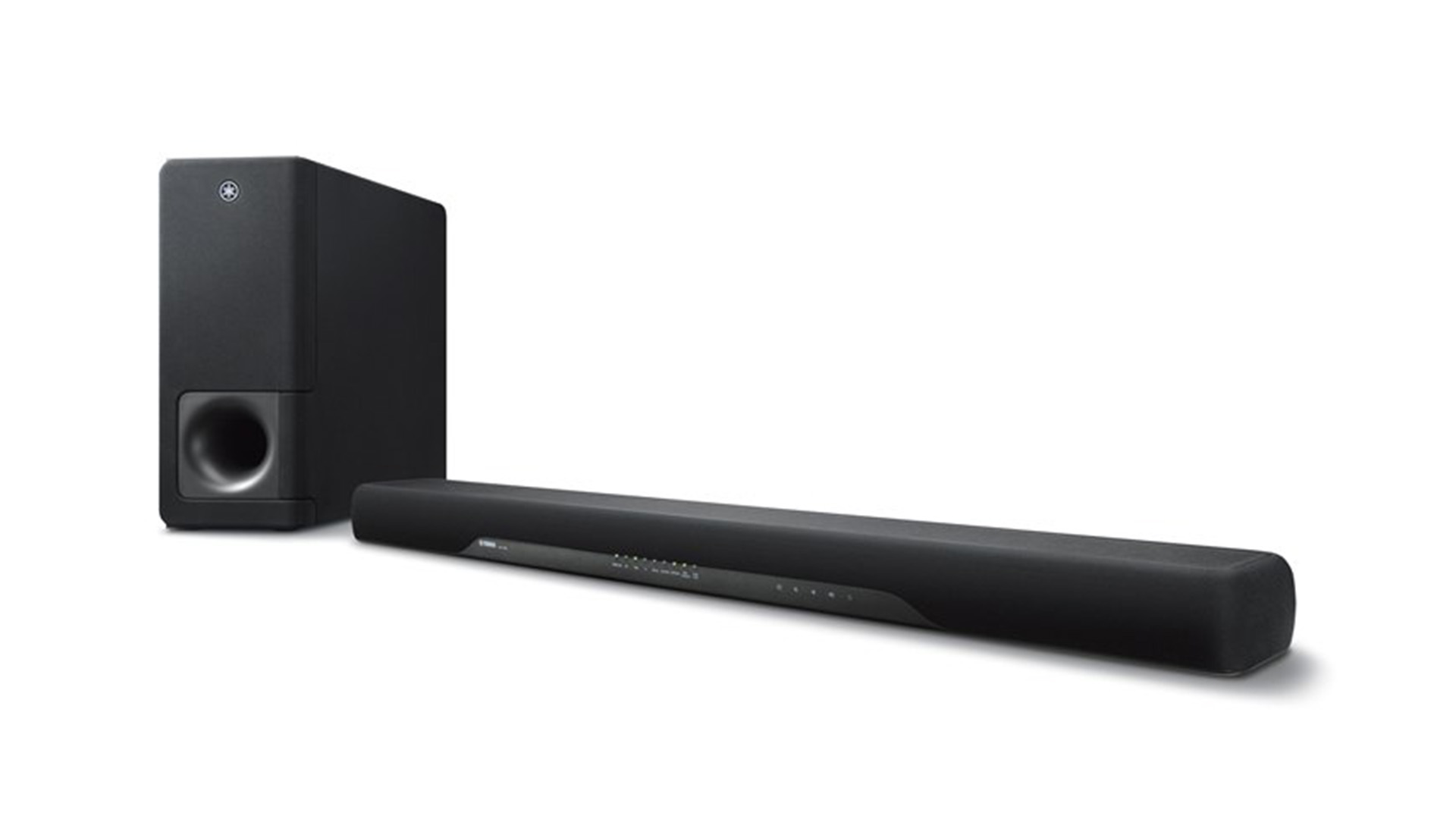TechRadar Verdict
The Yamaha YAS-207 soundbar is a great value, packing in solid sound quality for the price. DTS Virtual:X is a nice addition at this price point but its performance is underwhelming with an artificial sounding soundstage. Niceties like Google Cast and AirPlay, available on the YAS-207's competitors, are noticeably missing here.
Pros
- +
Simple setup
- +
Balanced sound
- +
Excellent value
Cons
- -
DTS Virtual:X is underwhelming
- -
No Google Cast or Apple AirPlay
- -
Dated and forgettable design
Why you can trust TechRadar
With so many entry-level soundbars these days it’s difficult to make a decision about which one to buy. From virtual surround and Google Cast connectivity to consider, and big decisions to make like whether you want a subwoofer or not, it can be hard to pick a good piece of audio equipment out from the crowd.
Light on features and rather bland to look at, the Yamaha YAS-207 won’t fit every home theatre. But for those with a limited budget plus the room (and an ear) for extra bass, the YAS-207 will please with balanced sound quality and a couple of neat virtual surround sound tricks.
But even budget speakers aren't safe from competition. Coming in at $300 (£349, AU$539), the YAS-207 is up against fierce competition from the Sony HT-MT300 and LG SH7B – soundbars that support Google Cast and AirPlay, in addition to a number of other niceties.
If you don't mind going without the extra features and can live with the basic design, however, the Yamaha YAS-207 is an excellent choice. Here’s why.
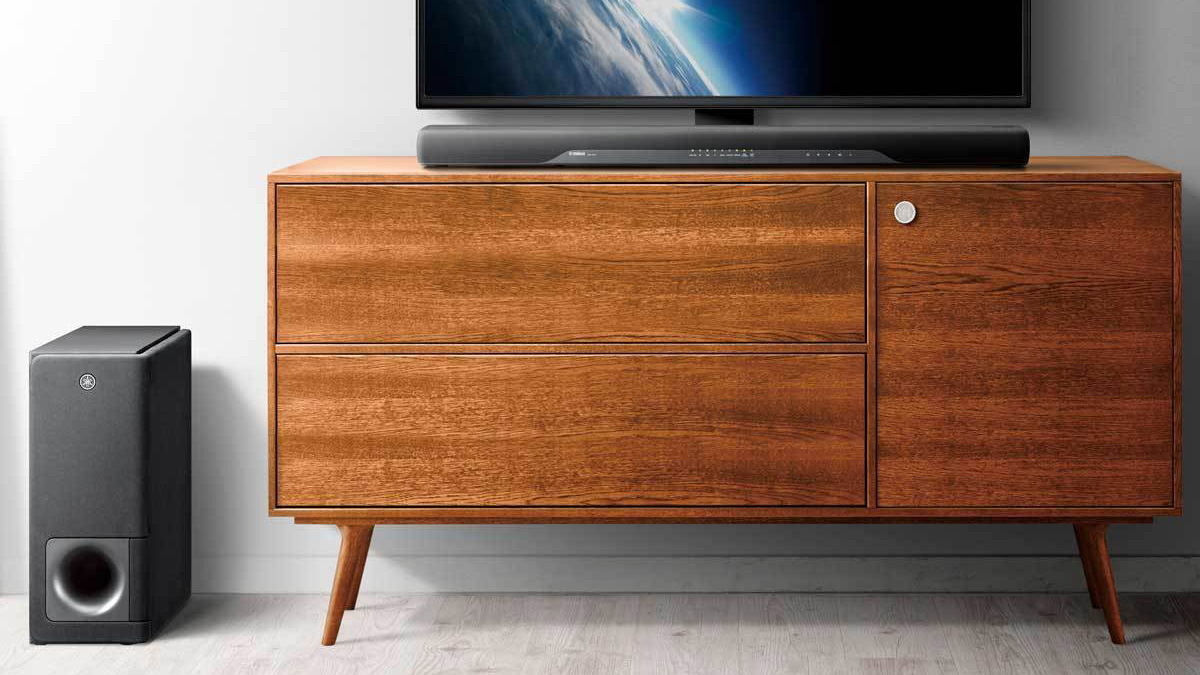
Design
The Yamaha YAS-207 doesn’t do anything to shake up the world of soundbar design: it's simply a black bar with a rectangular subwoofer. If you blocked the Yamaha logo, there’s no telling who made this soundbar ... which might be good if you're looking to build a covert sound system but, for us, it's a bit generic.
On the front of the YAS-207 you’ll find touch controls for power, switching inputs and controlling volume. There are green indicator lights that show which input is currently active as well as the ability to act as a volume meter.
The green lights look straight out of a 1990s stereo, which gives the YAS-207 a dated design out of the box. If you're more of a design-conscious consumer, check out the Sonos Playbar or Sonos Playbase.
As for port selection, Yamaha includes HDMI out (ARC), HDMI in, a 3.5mm analog jack and an optical connection. There’s also a USB-A port for firmware updates (but more on this in the Performance section).
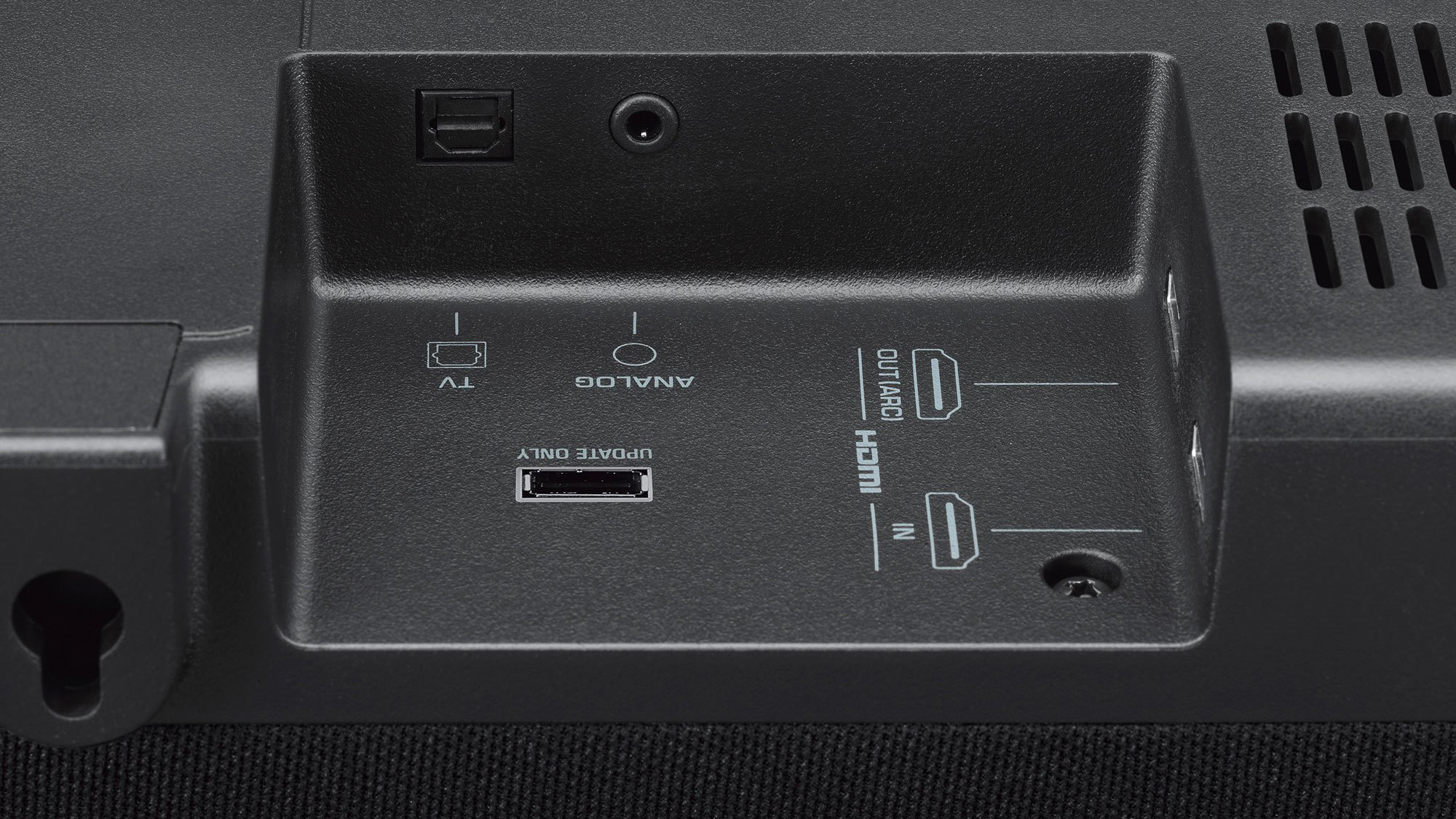
As for the subwoofer, disappointingly it's equally generic in its design. It’s a simple rectangular box with black cloth covering the driver. There’s a bass port on the front of the subwoofer and around the back you’ll find power port and pairing button to sync up with the soundbar. Out of the box, the soundbar and subwoofer are already paired so setup is simple.
Yamaha does include a nice remote with big, easy-to-use buttons. The remote features buttons to let you switch inputs, toggle surround and stereo modes, and options for enhancing dialogue and bass. The remote also lets you alter the bass balance and control volume, which is a neat, well-appreciated feature.
Dimensions: 36.62 x 2.37 x 4.25 inches (W x H x D) | Speaker configuration: 5.1 | Claimed audio power: 200W | Connections: 1 x 4K/HDR HDMI loopthrough, 1 x optical audio input, 3.5mm audio port, Bluetooth
Performance
The sound quality of the Yamaha YAS-207 is excellent, offering crisp highs and deep bass. Dialogue was loud and clear for movies and TV, but there is an option to enhance dialogue further by pressing the “Clear Voice” button on the remote. While we liked the sounds of the mids and highs, out of the box there can be a too much bass so we didn't feel bad dialing it down by one level.
Yamaha was the first to add support for DTS Virtual:X and DTS Virtual Surround to its YAS-207 soundbar. For the unfamiliar, DTS Virtual:X is the company’s digital signal processing that helps soundbars sound more like traditional surround speakers. One thing to note is that the YAS-207 requires a firmware update in order to use DTS Virtual:X and you’ll want to update as soon as possible as the virtual surround is almost un-listenable out of the box.
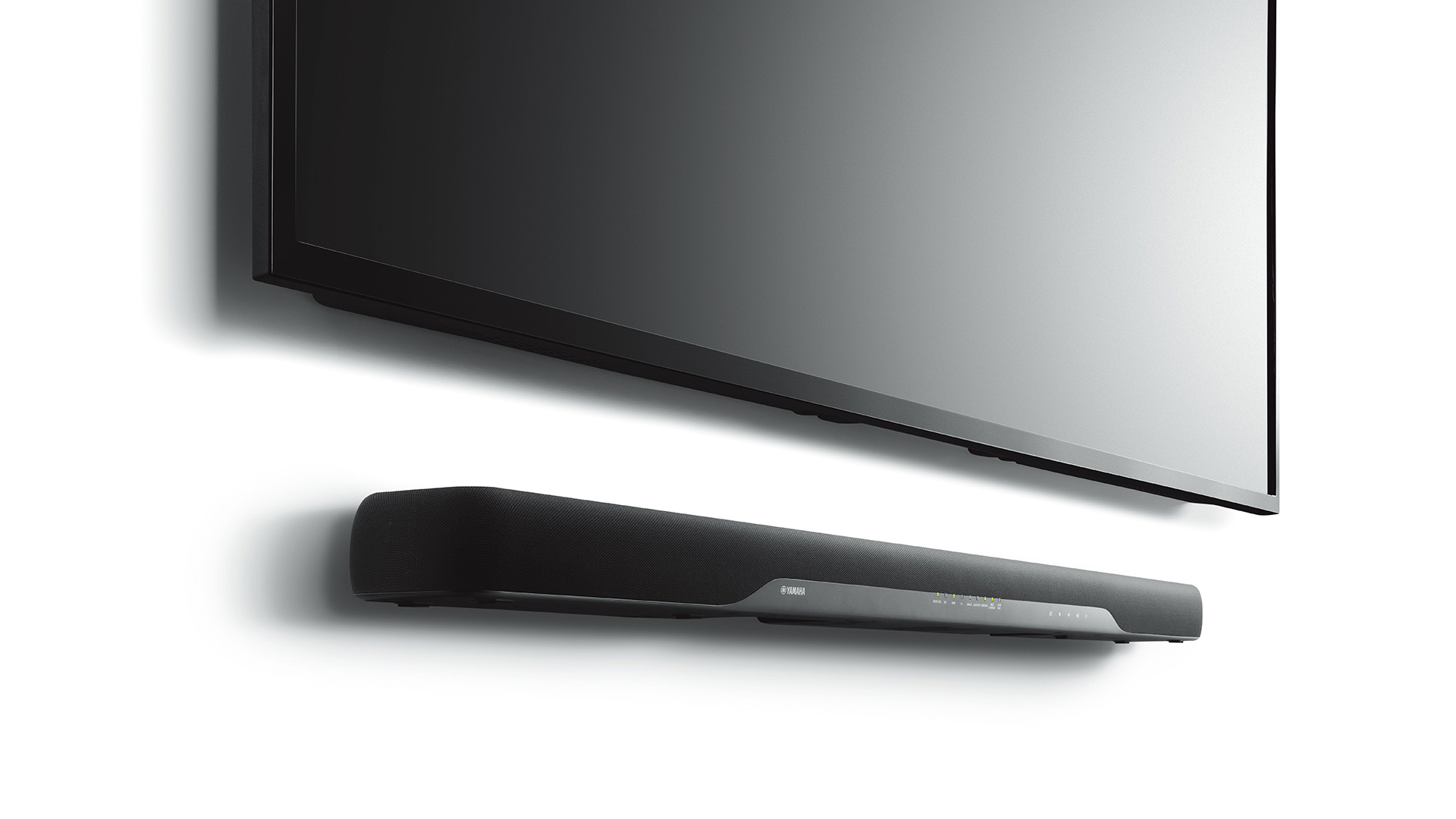
While we were impressed with the traditional stereo sound of the YAS-207, the DTS Virtual:X and DTS Virtual Surround settings left us underwhelmed. While soundstage got better and dialogue sounded more crisp, the signal processing sounded artificial with boosted highs and lows, altering the timbre of instruments during orchestral scores.
Bass response from the subwoofer is excellent, but the low end can become a bit uncontrolled at times. Higher quality subs resonate for a more shorter period of time cutting off sound almost immediately, but the YAS-207 subwoofer lets bass notes linger, which makes it sound less controlled than we’d like.
While the Yamaha YAS-207 features Bluetooth, that’s the only streaming audio input it supports. Other soundbars like the LG SH7B offer music streaming over your home Wi-Fi network, which would have been nice to see.
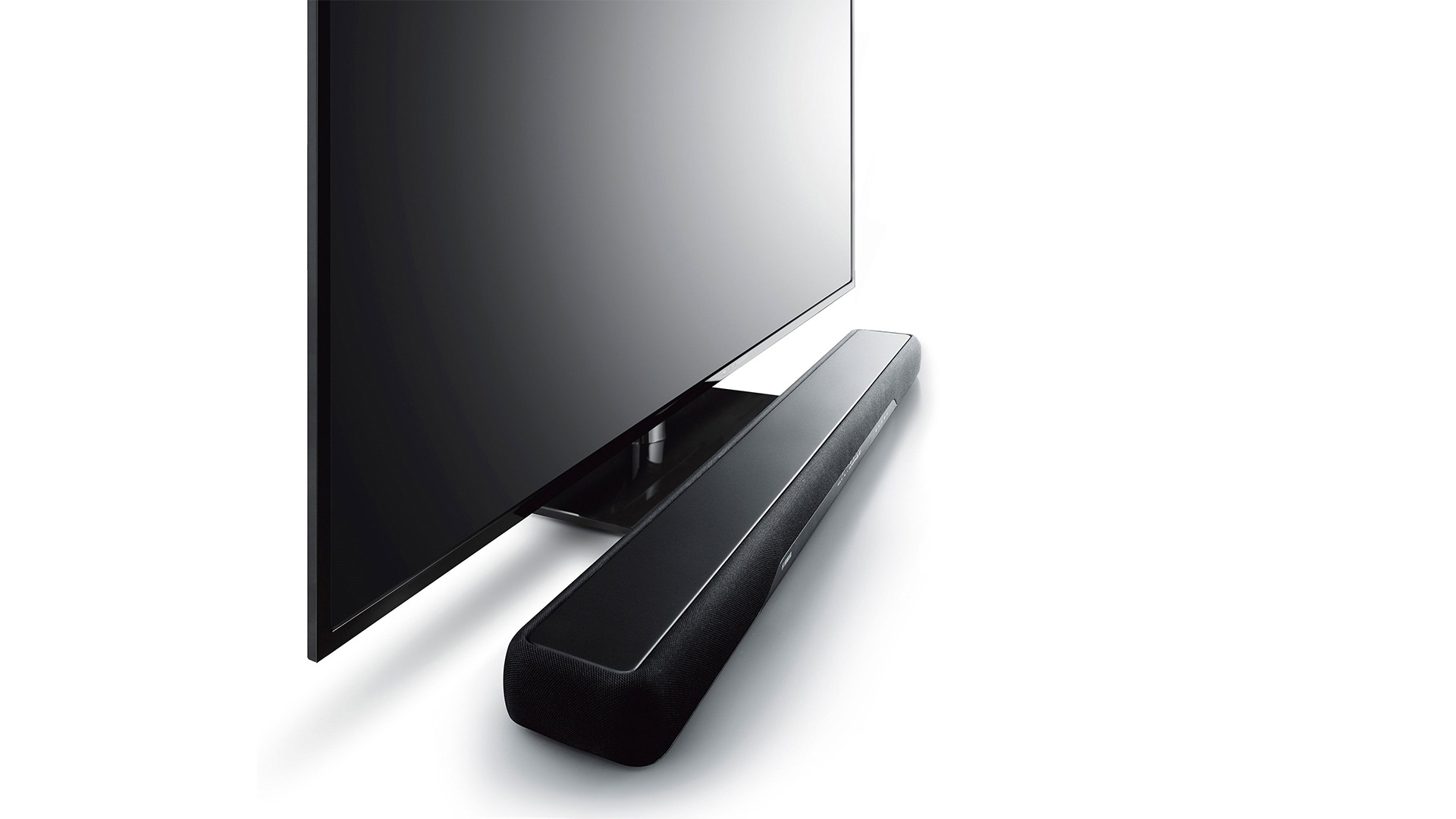
Verdict
For the money, the Yamaha YAS-207 is an excellent choice for users looking to upgrade their movie and TV watching experience on the cheap. The YAS-207 offers balanced sound, simple setup and DTS virtual surround processing which, while not for us, others may enjoy.
However, those with limited space will want to check out the equally excellent sounding Sony HT-MT300, which comes in a smaller package and has a slim wireless subwoofer that you can slide under your couch.
For users wanting a multi-room audio setup, the LG SH7B is a good value if you buy LG’s other speaker products. While it doesn’t have the best sound, it’s good enough for most users and its Wi-Fi streaming is easy and convenient to use. For a bit more money, you can get the excellent Sonos Playbase, which integrates seamlessly with other Sonos speakers.
- See all these options and more in our guide to the Best Soundbar 2017
